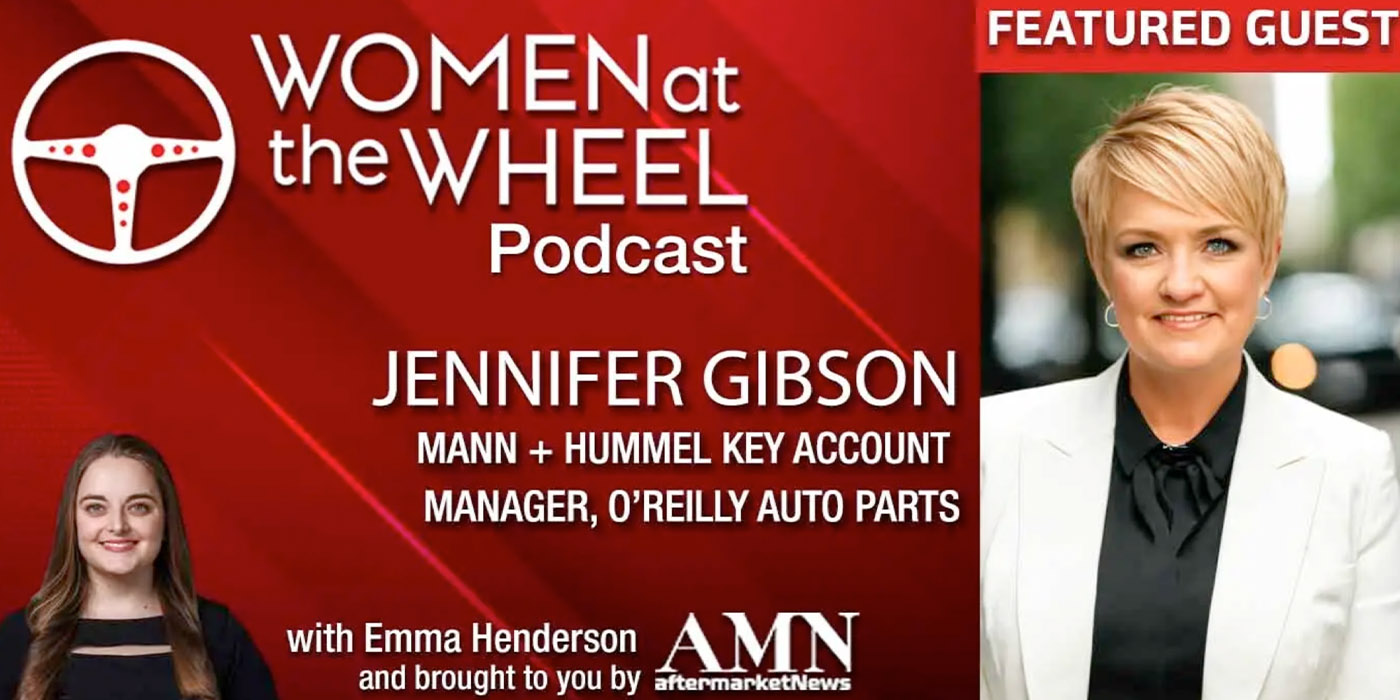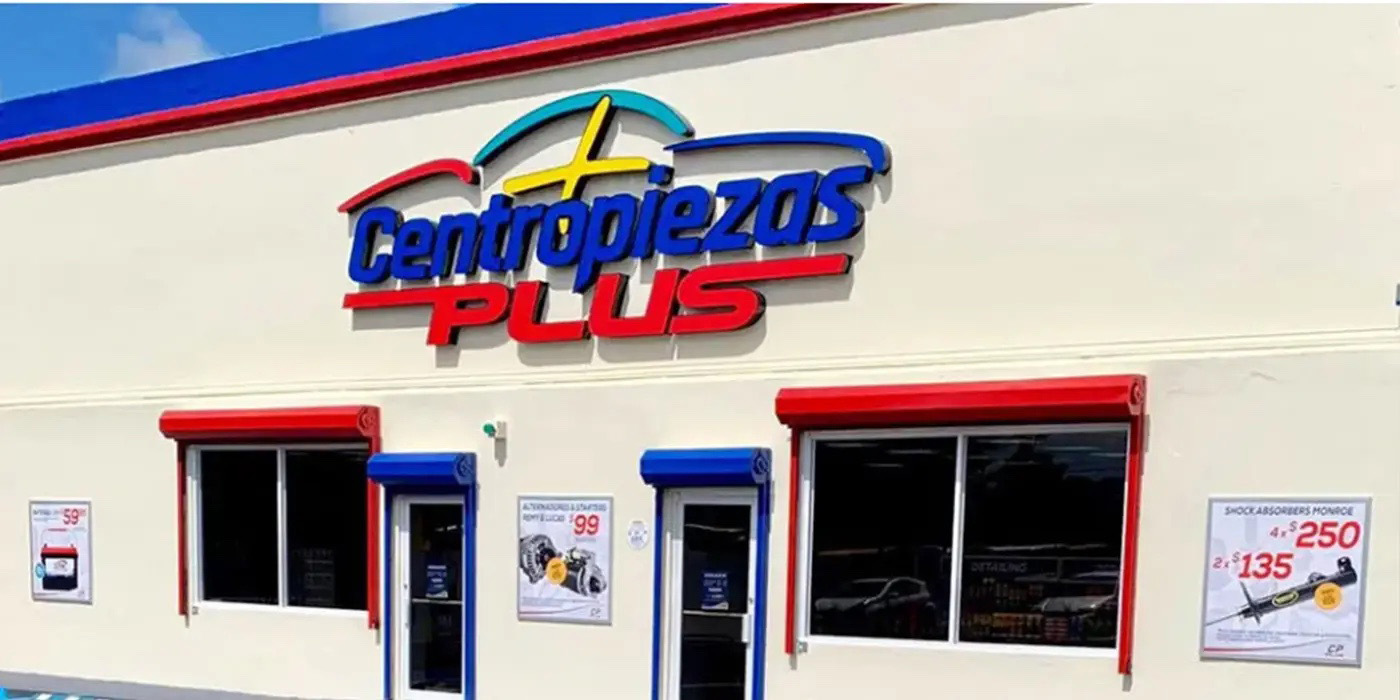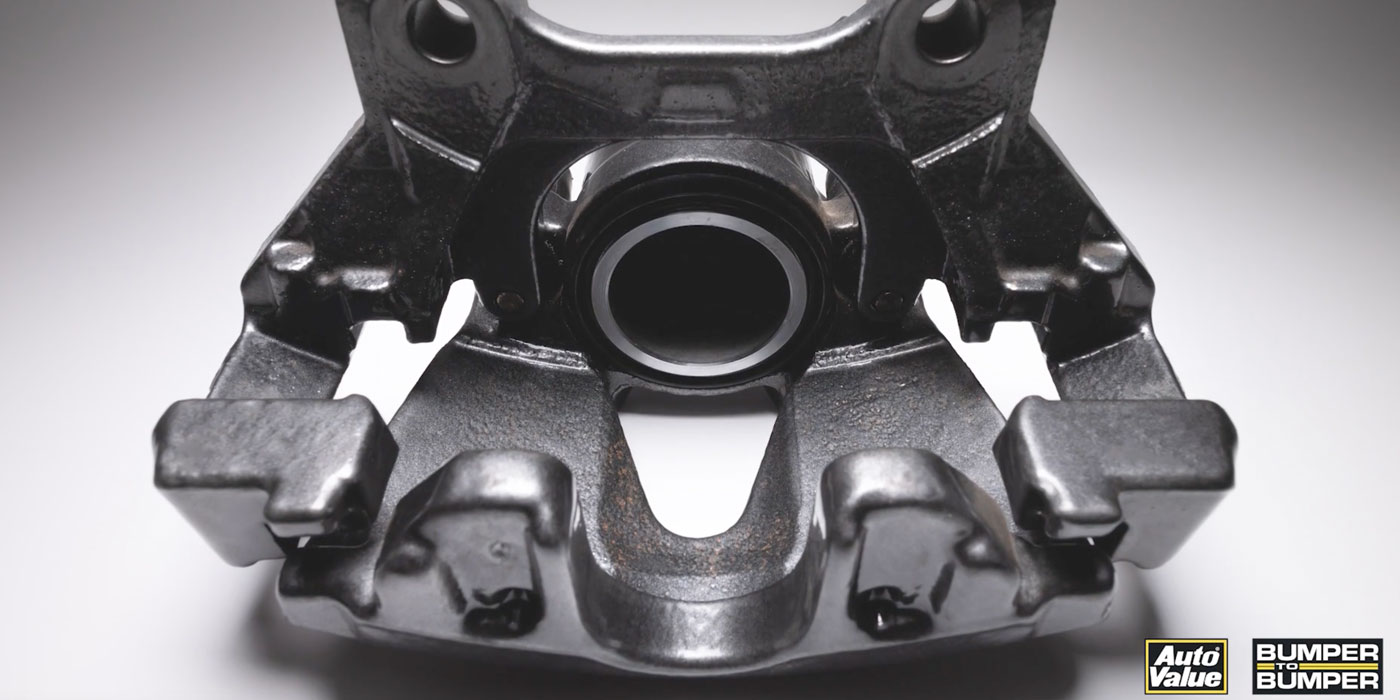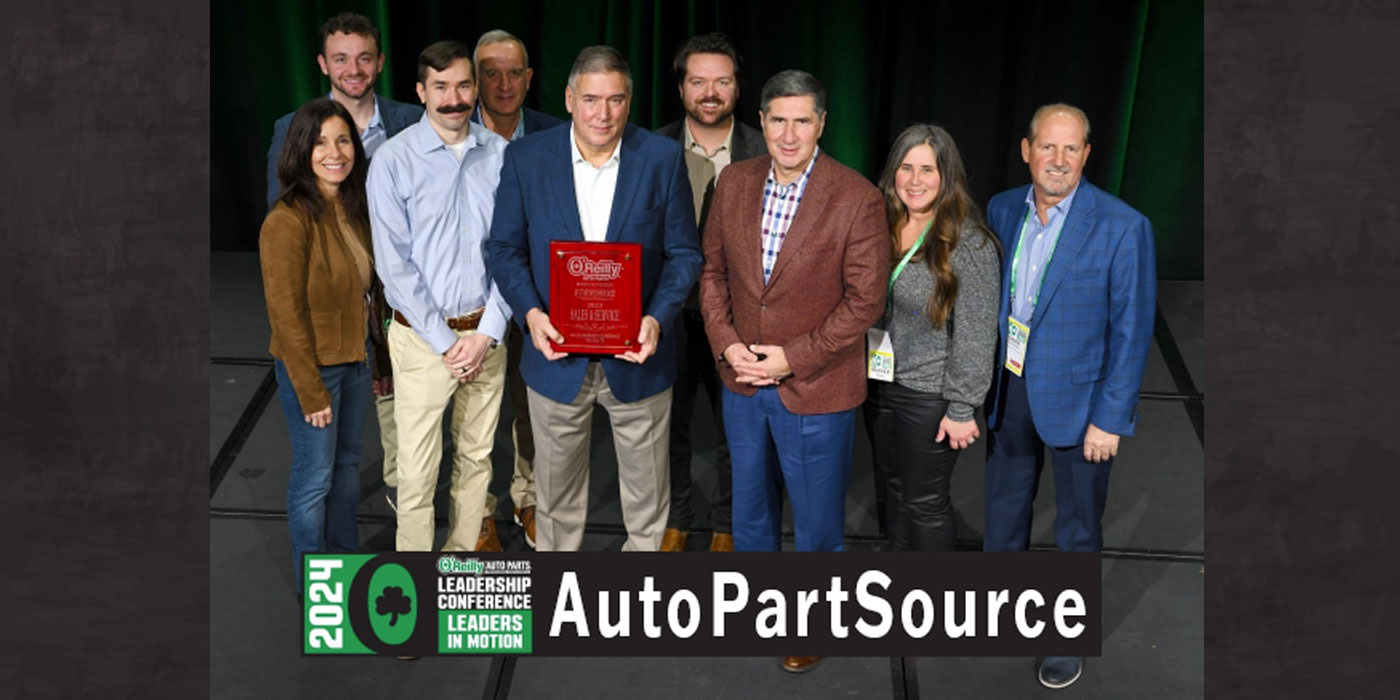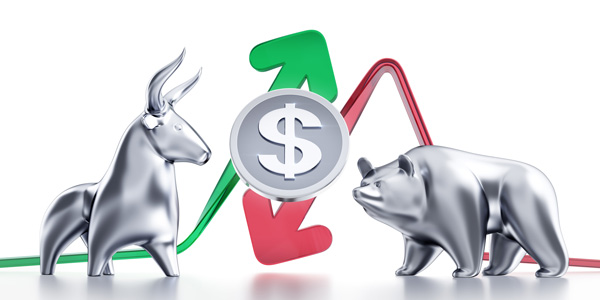
In late August, the S&P 500 – a stock index of the 500 largest U.S. publicly traded companies – notched a milestone. According to some analysts, it became the longest “bull market” in history, after 3,453 days of consistent gains since U.S. stocks hit rock bottom in March 2009.
Not everyone agrees. Some argue that the longest bull market started in late 1987 and ended with the implosion of the dot-com bubble in 2000. For the purposes of this column though, let’s just say this one has been the longest – or, at the very least, one of the longest. I’m not an expert on the stock market, so I have no way to confirm or deny it.
But, I can confirm that it’s been a good year for some of the major players in the automotive aftermarket so far. You can take your pick of examples. Genuine Parts Co. reported record revenue and earnings for the second quarter, as did O’Reilly. Advance Auto Parts reported a strong second quarter as well, and ratcheted up its financial guidance for the rest of the year (much to the delight of Wall Street).
When O’Reilly reported its second-quarter results in July, CEO Greg Johnson declared that “the long-term demand drivers in our industry remain solid” – most notably, “a growing and aging vehicle fleet” that’s racking up more than 3 trillion miles each year.
Johnson also said O’Reilly is on track to meet its goal of opening 200 net new stores this year.
We’re hearing good things from the major program groups as well. When we put together the June issue – which included our midyear distribution update – National Pronto Association CEO Bill Maggs told Counterman that Pronto members were feeling good about business after a strong first half of 2018. Likewise, John R. Washbish, CEO of the Aftermarket Auto Parts Alliance, said Alliance members were “pretty happy with the business atmosphere” through the first six months of the year.
“Of course when business is good, everybody has a smile on their face and is anxious to push things out the door,” Washbish added.
We’re closing in on a decade since the Great Recession, and after nearly 10 years of corresponding growth in the U.S. stock market, analysts are trying to predict when the bull market will come to an end. I’m not sure what the aftermarket’s results can tell them.
Some industry sectors – such as trucking and railroads – are intrinsically linked to the health of the overall economy. When their business slows down, it could be considered a leading indicator of a recession. The automotive aftermarket, however, stands to profit in good times – when consumer spending is strong – and not-so-good times – when consumers put off purchasing a new vehicle – which is why some on Wall Street view the auto parts retailers as “recession-proof” investments.
Regardless of what happens with the economy and the so-called record bull market, I think the $392 billion automotive aftermarket is in a good spot. We know people are driving more – miles driven are at an all-time high – and the average age of vehicles is around 12 years old. If and when the economy cools off, consumers might opt for used vehicles or simply hold on to their vehicles longer, which plays right into the aftermarket’s hand.
The wild card, of course, is whether or not the Trump administration decides to impose tariffs on imported vehicles and auto parts. The Auto Care Association has made it clear that these tariffs would hurt the auto industry, and CEO Bill Hanvey recently testified that the tariffs would lead to higher repair costs for motorists – who, in turn, might choose to put off critical maintenance procedures. But it’s also possible that the tariffs could spur consumers to buy more used vehicles, which could be a silver lining for the aftermarket.
We know there are other factors that can affect the auto parts sector. In recent years, we’ve seen how a mild winter or a late spring can have a chilling effect on quarterly sales (in this business, good weather can be bad, and bad weather can be good, depending on the timing). The weather aside, though, I think the automotive aftermarket is well-positioned for whatever the future brings – bull market, bear market or just about anything in between.










